Tips about asparagus plant
Written by Joy
Nov 02 2021

Asparagus is one of the first green vegetables to plant at the end of winter, and its listing heralds the arrival of spring. How can you plant these soft, fragile, and nutritious asparagus in your garden? You can start by planting asparagus setaceus seeds, or, if you want to harvest fruits faster, you can also plant asparagus corollas. Once planted, asparagus racemosus will sprout every spring in the next 12 to 25 years.
Asparagus setaceus is a vegetable with extremely high nutritional value. Its cultivation is not complicated at all, and it can be planted in both the north and south, as well as in vegetable gardens and balconies. So how do you plant asparagus racemosus? This article mainly introduces asparagus planting methods that are easy to learn and super practical. Asparagus grows best in full sun. Because it germinates in early spring, it is okay to choose a place close to a tree that has not yet grown leaves. You just make sure that the roots of the asparagus are not obscured by the shadows of trees or buildings.
Asparagus grows best in full sun. Because it germinates in early spring, it is okay to choose a place close to a tree that has not yet grown leaves. You just make sure that the roots of the asparagus are not obscured by the shadows of trees or buildings.
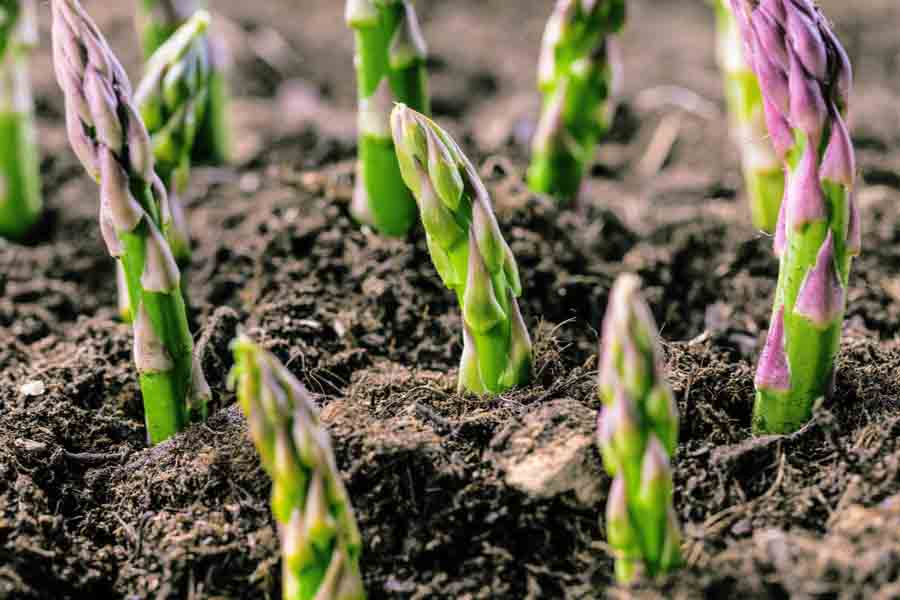 Asparagus racemosus plants are hermaphroditic, which means that every plant is both female and male. Female plants put their energy into producing seeds, so they cannot produce as many tender stems as male plants. Some types of asparagus are designed to produce only male plants. If you choose this asparagus, you will only need to plant half of the corolla compared to choosing a mixed variety. Asparagus seeds are not usually separated by sex, so the female plants are removed once they have sprouted.
Asparagus racemosus plants are hermaphroditic, which means that every plant is both female and male. Female plants put their energy into producing seeds, so they cannot produce as many tender stems as male plants. Some types of asparagus are designed to produce only male plants. If you choose this asparagus, you will only need to plant half of the corolla compared to choosing a mixed variety. Asparagus seeds are not usually separated by sex, so the female plants are removed once they have sprouted.
You'd better choose a variety that is resistant to rust, such as one of the many Jersey varieties, or the Mary Washington variety.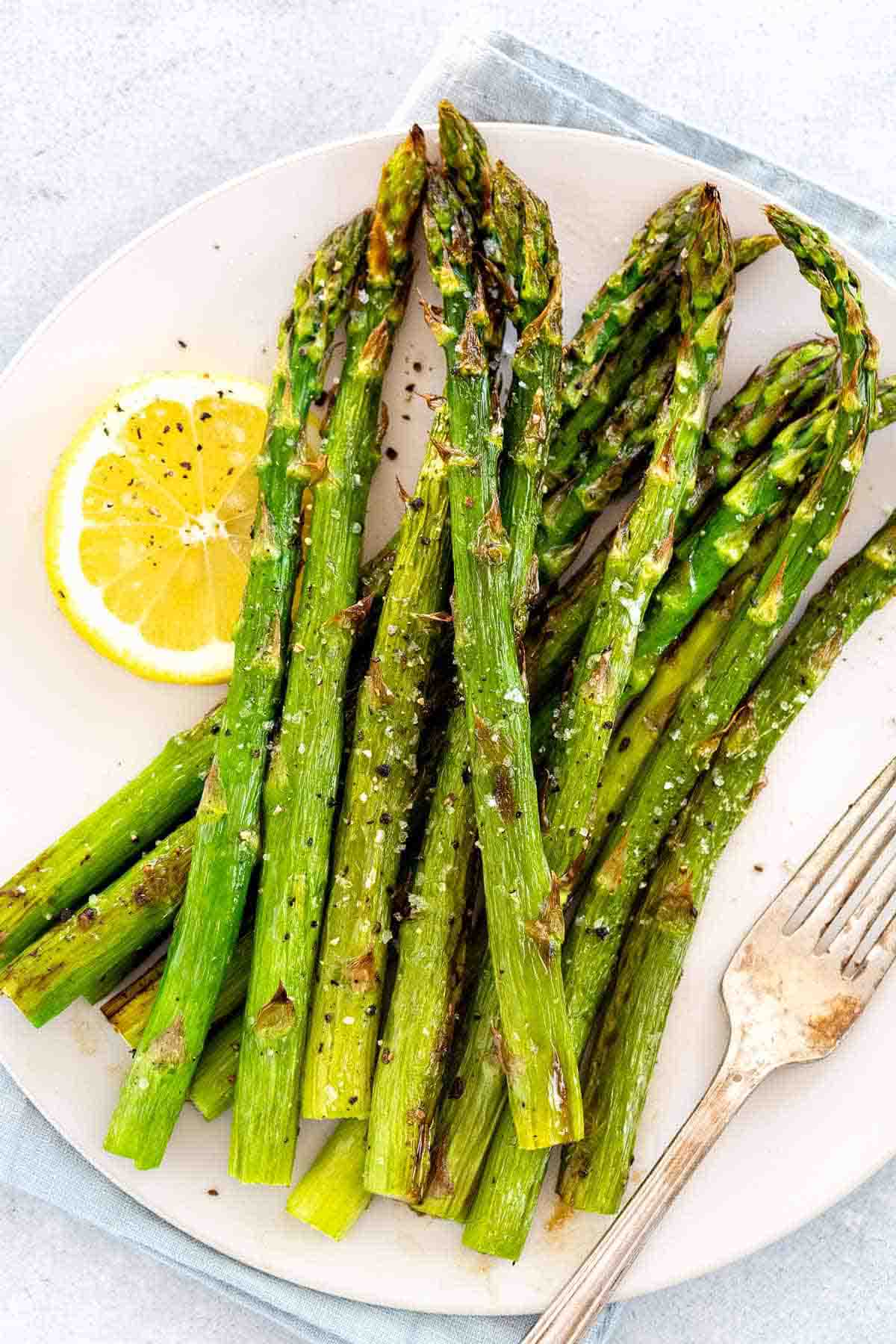 If you are buying corollas, choose corollas that look healthy. They should be grayish brown, large and plump. Buy it about a day before planting.
If you are buying corollas, choose corollas that look healthy. They should be grayish brown, large and plump. Buy it about a day before planting.
Purple asparagus and other genetic species can be seen in the nursery. You can create white asparagus by protecting the young stems from sunlight with soil.
(2) Lower the temperature when the asparagus seeds germinate. Once the asparagus seeds germinate, they no longer need to be kept warm. Reduce the temperature to 70 degrees Fahrenheit (21.1 degrees Celsius).
(3) It's better to plant asparagus seedlings outdoors. When the seedlings grow to a height of 0.3 meters and the weather outside is warm like spring, it is time to plant them in an outdoor seedbed. You should dig a hole 7.5 cm deep to allow them to continue to grow.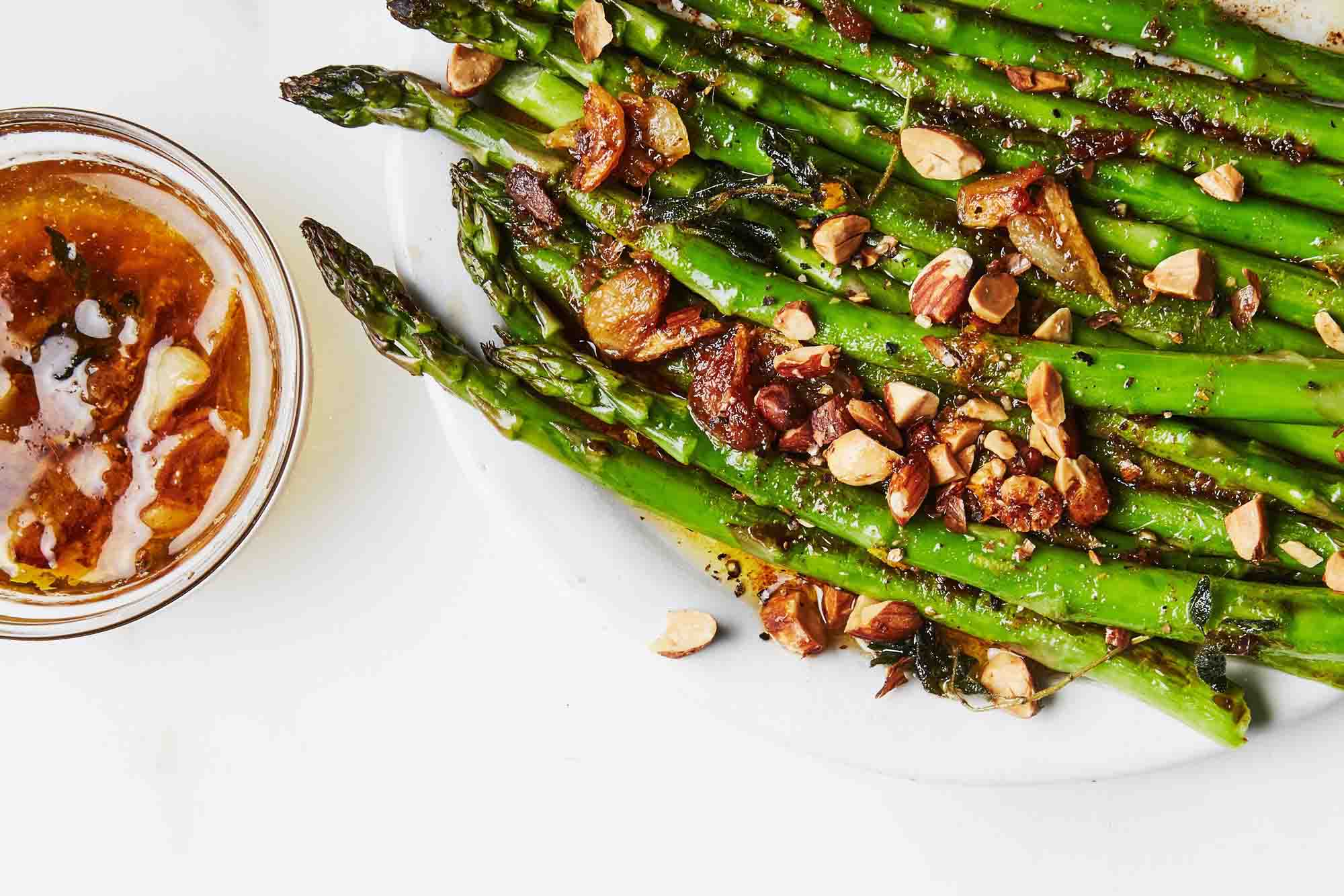 (4) Eliminate female asparagus plants. When the asparagus begins to bloom, you can know which are male and which are female. The flowers of the male plants are long and large, and the flowers of the female plants are relatively smaller. Uproot the female plants and compost.
(4) Eliminate female asparagus plants. When the asparagus begins to bloom, you can know which are male and which are female. The flowers of the male plants are long and large, and the flowers of the female plants are relatively smaller. Uproot the female plants and compost.
(5) Transplant male asparagus racemosus into permanent seedbeds. It's a good choice to let the male plants complete their growth cycle and overwinter in the seedbed. In the following spring, one year after germination, they will grow to the same level of maturity as a year's corolla and are ready to be transplanted into permanent seedbeds. You should follow the steps below to continue growing plants.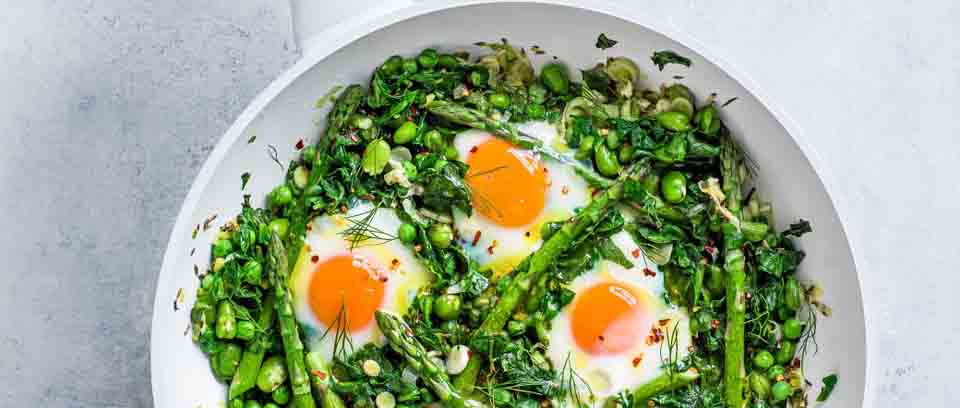 Digging trenches for planting is necessary. The trench should be 6 to 12 inches (15 to 30 cm) deep and approximately 12 inches (30 cm) wide. If you are planting many rows, leave the spacing to 2 to 3 feet (0.6 to 0.9 meters).
Digging trenches for planting is necessary. The trench should be 6 to 12 inches (15 to 30 cm) deep and approximately 12 inches (30 cm) wide. If you are planting many rows, leave the spacing to 2 to 3 feet (0.6 to 0.9 meters).
Don't forget to make ridges in the trenches. You ought to mix the organic compost with the soil you got from the trenches and spread 2 to 3 inches (5 to 7.5 cm) of fertile soil at the bottom center of each trench to form a mid-ridge. You can also mix soil with phosphate rock, which is a mineral powder that promotes root growth.
(2) Soak the corolla. Before planting, you are able to put the corolla in a bucket with warm water or mixed tea (fortified wine with plant nutrition) and steep for about 15 minutes.
(3) Plant corolla. You'd better place the corolla in the trench, keeping a distance of 18 inches (30 to 45 cm). It's proper to let the roots hang down in a fold on one side of the ridge and cover the roots and corolla with soil. The soil should be 2 to 3 inches (5 to 7 cm) higher than the roots and corolla. Water the area thoroughly after planting.
(4) Backfill soil. When the asparagus racemosus begins to grow and the soil settles down, it's time to add more soil to the flower crown. You are supposed to place 1 to 3 inches (2.5-7.5 cm) of soil on the corolla every 2 to 3 weeks until the trench is filled to be level with the ground. (5) Cover the plants. After the trench is filled, spread 4 to 8 inches (10 to 20 cm) of mulch around the plant. Covering the plants helps to control weeds and keep the soil moisture.
(5) Cover the plants. After the trench is filled, spread 4 to 8 inches (10 to 20 cm) of mulch around the plant. Covering the plants helps to control weeds and keep the soil moisture.
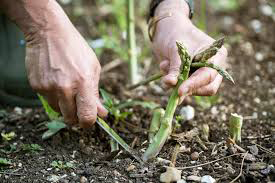 In spring, fertilizing asparagus with liquid fertilizer is important to stimulate growth. In winter, it's necessary to protect the asparagus plants from severe cold by covering them with straw or other mulch.
In spring, fertilizing asparagus with liquid fertilizer is important to stimulate growth. In winter, it's necessary to protect the asparagus plants from severe cold by covering them with straw or other mulch.
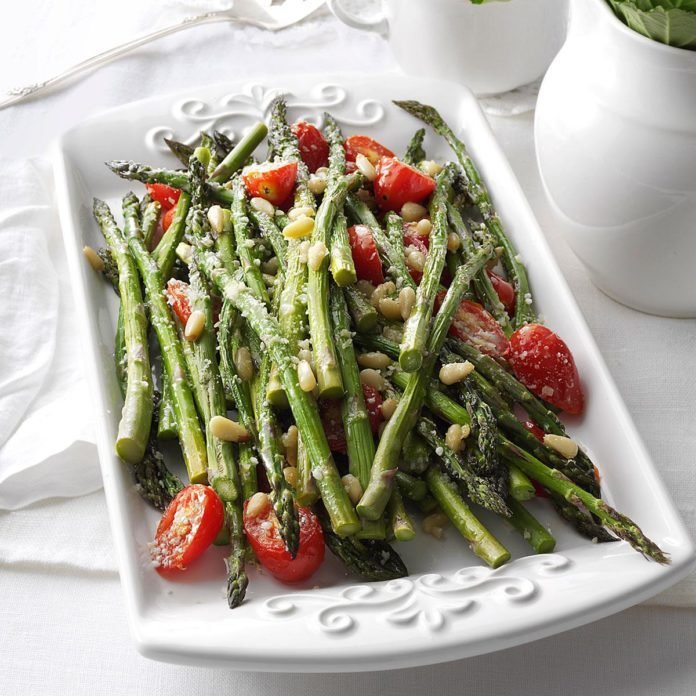 When the young asparagus stems grow to 6 inches (15 cm) high and the tips begin to loosen, they are ready to be harvested.
When the young asparagus stems grow to 6 inches (15 cm) high and the tips begin to loosen, they are ready to be harvested.
The first harvest is limited to 2 or 3 weeks. You could pick asparagus shoots every few days, and be careful not to pick too much from the same plant. After that, the plants need to contribute their energy to the root system.
In the following years, you could extend your harvest time to four or five weeks. In a good harvest year, it can be extended to 6 weeks.
Asparagus setaceus is a vegetable with extremely high nutritional value. Its cultivation is not complicated at all, and it can be planted in both the north and south, as well as in vegetable gardens and balconies. So how do you plant asparagus racemosus? This article mainly introduces asparagus planting methods that are easy to learn and super practical.
Choose planting plots for asparagus setaceusAdequate lightSoil with good drainageLeave some room for the growing rootsBuy asparagus seeds or asparagus corollaGrowing asparagus with seedsPlant a year of corollaTake care of mature asparagus racemosusWeedingFertilizing and covering asparagus plantsBeware of pests and diseasesHarvest asparagusPicking asparagus shootsPrepare plants for the next yearHints
Choose planting plots for asparagus setaceus
Because asparagus can produce tender stems for up to 25 consecutive years, it is necessary to prepare a place where asparagus can be grown for a long time. This place should have the following characteristics.Adequate light

Soil with good drainage
The soil should be loose and well drained. When planted in soil soaked with water, asparagus racemosus will rot.Leave some room for the growing roots
This is optional. Although asparagus grows well on the ground, it is easier to let the weeds occupy the roots when it grows, so that the asparagus can completely dry up.Buy asparagus seeds or asparagus corolla
Asparagus seeds and asparagus corollas are available at home gardening stores, nurseries or online. Seeds can be seen all year round, but corollas are usually only sold in early spring, just before they should be planted.
You'd better choose a variety that is resistant to rust, such as one of the many Jersey varieties, or the Mary Washington variety.

Purple asparagus and other genetic species can be seen in the nursery. You can create white asparagus by protecting the young stems from sunlight with soil.
Growing asparagus with seeds
(1) Sow asparagus seeds indoors. In early spring, you should plant some seeds into small pots, which means the start of seedling growth. Putting the pot in a place with plenty of light is a good idea, water it every day, and keep the temperature at 77 degrees Fahrenheit (25 degrees Celsius).(2) Lower the temperature when the asparagus seeds germinate. Once the asparagus seeds germinate, they no longer need to be kept warm. Reduce the temperature to 70 degrees Fahrenheit (21.1 degrees Celsius).
(3) It's better to plant asparagus seedlings outdoors. When the seedlings grow to a height of 0.3 meters and the weather outside is warm like spring, it is time to plant them in an outdoor seedbed. You should dig a hole 7.5 cm deep to allow them to continue to grow.

(5) Transplant male asparagus racemosus into permanent seedbeds. It's a good choice to let the male plants complete their growth cycle and overwinter in the seedbed. In the following spring, one year after germination, they will grow to the same level of maturity as a year's corolla and are ready to be transplanted into permanent seedbeds. You should follow the steps below to continue growing plants.
Plant a year of corolla
(1) Prepare the seedbed. Gardeners should remove all weeds in the seedbed and make sure that there are no residual roots in the soil. It’s a good idea to plow the ground and use a rake to apply fertilizer such as feces, blood, or bone marrow meal to a depth of 10 to 15 inches (25 to 38 cm).
Don't forget to make ridges in the trenches. You ought to mix the organic compost with the soil you got from the trenches and spread 2 to 3 inches (5 to 7.5 cm) of fertile soil at the bottom center of each trench to form a mid-ridge. You can also mix soil with phosphate rock, which is a mineral powder that promotes root growth.
(2) Soak the corolla. Before planting, you are able to put the corolla in a bucket with warm water or mixed tea (fortified wine with plant nutrition) and steep for about 15 minutes.
(3) Plant corolla. You'd better place the corolla in the trench, keeping a distance of 18 inches (30 to 45 cm). It's proper to let the roots hang down in a fold on one side of the ridge and cover the roots and corolla with soil. The soil should be 2 to 3 inches (5 to 7 cm) higher than the roots and corolla. Water the area thoroughly after planting.
(4) Backfill soil. When the asparagus racemosus begins to grow and the soil settles down, it's time to add more soil to the flower crown. You are supposed to place 1 to 3 inches (2.5-7.5 cm) of soil on the corolla every 2 to 3 weeks until the trench is filled to be level with the ground.

Take care of mature asparagus racemosus
It is best for gardeners to water the asparagus plants regularly. Asparagus will mature after two complete growth periods. At the same time, you’d better keep the asparagus soil moist at all times.Weeding
If asparagus plants must compete with weeds, grasses, or any other plants for nutrients, they will die. Take care of the soil after the plants mature. If they age, the roots of asparagus will naturally be squeezed out by weeds.Fertilizing and covering asparagus plants

Beware of pests and diseases
Asparagus is susceptible to the asparagus beetle, which feeds on young asparagus stems like ferns in summer and autumn. They lay eggs on the tender stems of asparagus. If you see beetles or their eggs, get them away. (Find more Winter Vegetables here.)Harvest asparagus
Picking asparagus shoots
After 3 or 2 years (if you first planted the asparagus corolla), it's time to enjoy the harvest. You'd better use a sharp knife or scissors to cut off the tender stems of asparagus every few days. When the asparagus plants you plant produce more tender stems, you may need to harvest more often.
The first harvest is limited to 2 or 3 weeks. You could pick asparagus shoots every few days, and be careful not to pick too much from the same plant. After that, the plants need to contribute their energy to the root system.
In the following years, you could extend your harvest time to four or five weeks. In a good harvest year, it can be extended to 6 weeks.
Prepare plants for the next year
At the end of the growing season, it's a good choice to stop picking the young asparagus stems and let them grow to their natural height. You'd better make sure that the asparagus field is free of weeds and that there are no pests throughout the summer. In autumn, it's time to cut off the tender stems and remove them from this place so that no pests can survive the winter in the asparagus field.Hints
Before harvesting asparagus, you'd better consider waiting an extra year, or only harvesting some vegetables (2 to 3 tender stems per plant) in the first year of your harvest. The longer you leave the asparagus to grow, the longer they will live, and the later harvest will be better.Read Next:
10 Best Winter Vegetables that Improve Your Health
Latest Updated
- Benefits of Bugleweed - 7 Science-backed Health Benefits
- Bugleweed Dangers & Side Effects - Is It Poisonous?
- How to Plant Evergreen Trees - What You Should Know
- When to Plant Evergreens - Grow Guide for Evergreen Trees
- 12 Wonderful Evergreen Shrubs for Your Garden
- 12 Popular Evergreen Plants with Pictures for Beginners
- When And How To Prune A Lilac Bush Like a Pro
- How to Grow & Care for Lilac Vine (Hardenbergia Violacea)
- Japanese Lilac Tree (Syringa Reticulata) Care & Propagation Guide
- Shumard Oak Pros and Cons - What to Know
Popular Articles
- Winter maintenance of Antirrhinum Majus
- How to Grow Terminalia Mantaly Tree
- How to Grow and Care for Crossostephium Chinense
- How to grow Antirrhinum Majus in spring
- Peristeria Elata (Dove Orchid) Profile: Info & Care Guide
- Underwatered Snake Plant (Sansevieria Trifasciata) - Signs And How To Fix
- How to Care for Brazilian Jasmine Plant (Mandevilla Sanderi)
- How to Grow & Care for Graptopetalum Purple Delight in Summer
- Rosa Chinensis (China Rose): Plant Growing & Care Tips
- How to Care for Baby Sun Rose (Aptenia Cordifolia)